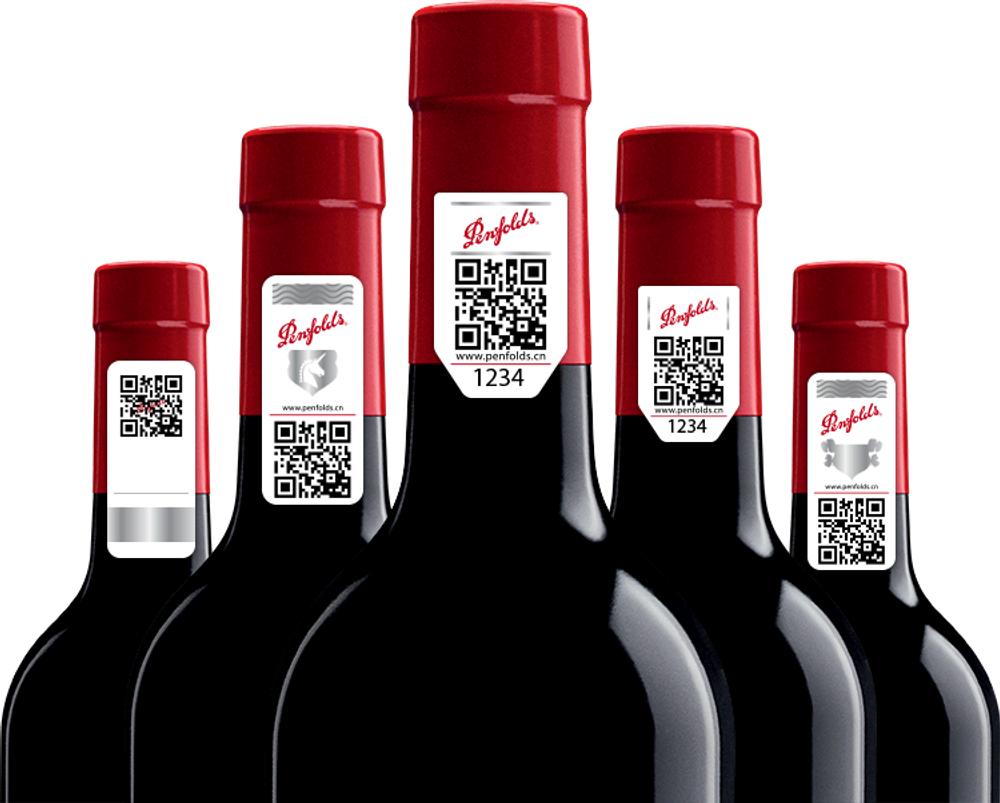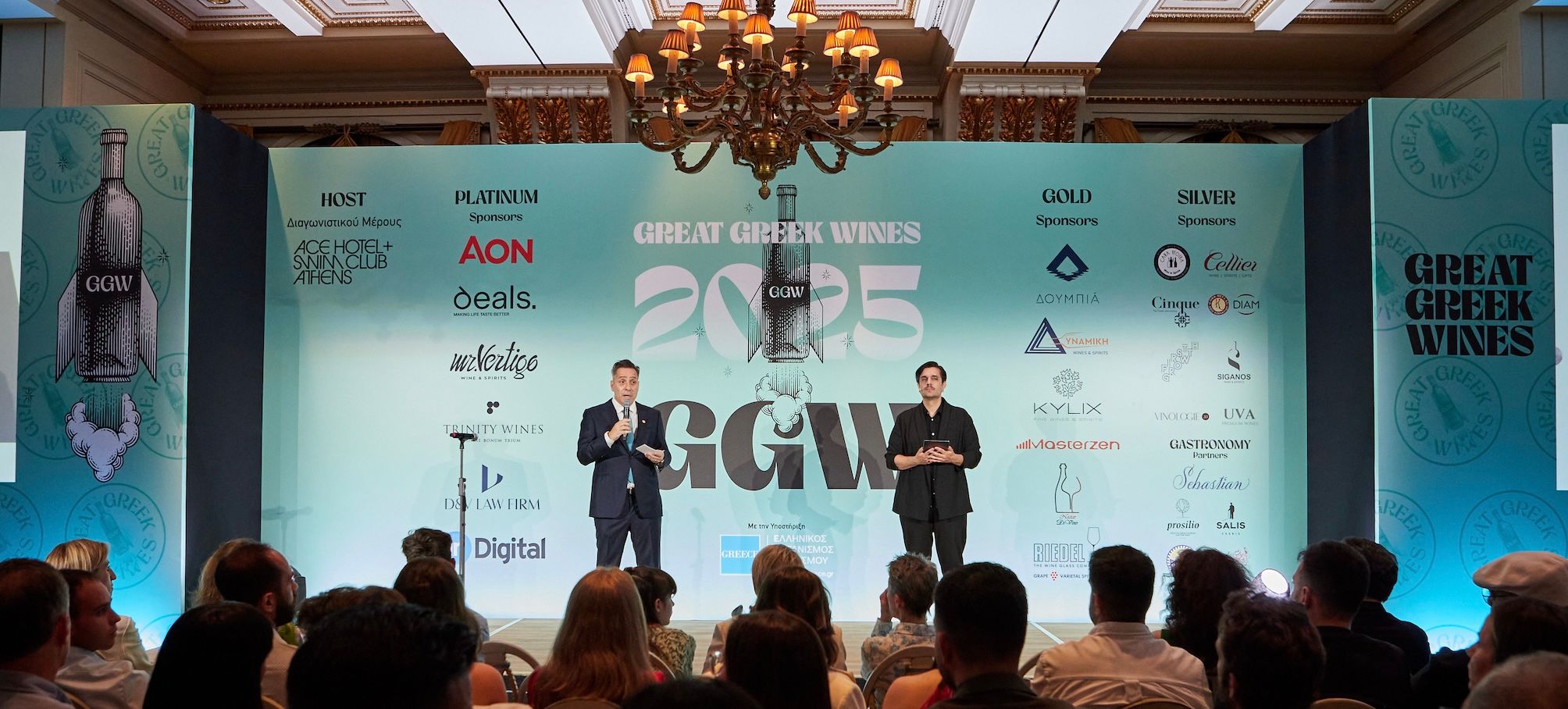Those of us operating in the UK are understandably focused on what wines are being listed and sold in this country. But it is also good to assess global trends to see which wines are performing in other key markets, like Sopexa’s analysis of wine trade buyers in Belgium, Canada, the US, Japan, China and Hong Kong.
Everyone’s opinion matters, it’s just when it comes to business there are more influential voices than others. Which is why Sopexa’s latest global analysis of wine list trends is worth delving into. Not only does it cover key international markets, it asks those in the know with 77% of those surveyed either at board, director, senior buyer or chief executive level. All of whom are responsible for managing ranges that shift significant quantities of wine – with half those interviewed selling more than 100,000 bottles per annum, and 17% in excess of one million.

France remains the “ultimate” wine producing country, according to Sopexa’s respondents
Overall France remains the most popular wine producing country in wine portfolios, and is regarded as the “ultimate” wine country” according to wine professionals, with Italy lagging way behind.
A full 64% of respondents to Sopexa’s 2018 Wine Trade Monitor cited France as being the most successful country of origin in terms of image, with Italy garnering only 13% of the votes.
The report reveals that wines from France were listed by the vast majority – 92% – of respondents, followed by Italy with over three quarters (76%) and Spain (71%). However, wines from Chile, Australia and the US are becoming increasingly popular and are listed by between 45% to 56% of operators.
But there are big differences between wine lists around the world, with China tending to list far fewer countries of origin, typically around 4.8, with Australian wines coming in second after France, and just ahead of Italy and Chile.
The Hong Kong wine market, on the other hand, typically tends to list wines from over seven different countries of origin, reflecting the spectacular growth of the so-called “challenger” countries.
France’s position as the number one country of origin appears safe for now, according to 82% of respondents, and this was particularly marked in the US, Hong Kong and Belgium. However, the study does shed light on the relative fragility of French wines in China and Canada, where operators predict that French wines will see increased competition particularly from Italian wines.
Italy on the rise
Italy was cited as the country which will likely see the biggest growth in the next two years. It scored particularly favourably in Canada, where two thirds of wine professionals placed it in the top three sales performers last year. Over half (56%) said that Italy would see the most significant sales uplifts.
In China too, Italian wines are enjoying increasing recognition, with 43% of respondents regarding them amongst the top three sales performers in 2017. This is a trend that has been gaining momentum, as 42% of respondents name Italian wine amongst the top three countries of origin in terms of predicted sales growth over the next two years, as well as being the most successful in terms of innovation.
Andrea Ferrereo, director of the Barolo, Barbaresco, Alba Langhe and Dogliani Consortium said Italian wines have three major competitive advantages in China and Canada.

The extraordinary diversity of Italian grape varietals gives them a big advantage in export markets, according to Andrea Ferrero
“Firstly, the extraordinarily diverse range of Italian grape varieties, which we tend to refer to as ‘biodiversity’, meaning organic diversity. A rich legacy of native grape varieties has undoubtedly contributed to a growing interest for our wines outside Europe. Secondly, excellent value for money. Great appellations, of premium quality and rigorously controlled, are in my view competitively priced compared to wines from other countries. This is one of the main reasons for their success. Finally, I would also add the Italian producers and their exceptional contribution in increasing the awareness of their wines abroad, travelling extensively worldwide to export their wines, and in so doing sharing their expertise and knowledge.”
Spanish wines are also coming to the fore, according to the Sopexa survey, with 39% of respondents saying wine from Spain was amongst their top performers. In Japan, for example, Spanish wines have enjoyed significant growth, with 48% of wine professionals saying Spain was amongst their top performers in 2017, largely to the detriment of Chilean wines which slid into fourth place. Nearly a third of those surveyed (30%), said that Spanish wines will feature amongst the top three performers over the next two years, and the countries wines are well regarded for their attractive pricing and everyday drinking.
In Canada and the US, 48% of respondents predicted a similarly positive outlook for Spanish wines over the same time frame.

Shiraz is becoming increasingly popular amongst Hong Kong’s consumers
King of the varietals
As for varietals, the four classic grape varieties – Cabernet Sauvignon, Chardonnay, Pinot Noir and Merlot will continue to see the greatest demand over the next two years, according to Sopexa. Shiraz is likely to see growth in China and Hong Kong, while in Belgium, wine professionals expressed a preference for Grenache. The relative fall in favour of Chardonnay in North America seems to have been to the benefit of Chenin Blanc in the US and Sauvignon Blanc in Canada.
Chenin Blanc is one varietal which is tipped to see good growth in the US, leading the white varieties, according to the report. Given the reputation of the US as the leading market for varietal wines, this could potentially signal a new trend in the wine market.

Thomas Minc, managing director of Sopexa US believes Chenin Blanc has a big future in the States
“We are seeing great interest for Chenin Blanc in the US,” confirmed Thomas Minc, managing director, Sopexa US, who said the variety had become “a big hit” with sommeliers, whose influence on consumers continues to strengthen. “Chenin Blanc is a refreshing change for consumers seeking something new, which is a definite advantage compared to more well-known grape varieties such as Riesling or Chardonnay which are not always viewed in such a positive light.”
Produced around the world from the Loire Valley in France to the Finger Lakes in New York State, Oregon, New Zealand and South Africa, Minc added that Chenin Blanc makes a welcome alternative to the increasingly expensive wines from some of the major wine regions.
“It is positioned as an obvious, yet still under-estimated choice among American consumers who enjoy refreshing, easy-drinking and convivial wines. That said, there is still room for big names and brands to lift the category.”
Packaging trends
As for packaging formats, Asian markets remain most wedded to wine sold in bottles, with two thirds of operators surveyed saying that half bottles and other small formats are set to enjoy the highest future growth. However, over 49% of respondents in North America stated a preference for boxed wine and canned formats. Digital packaging technology meanwhile was welcomed in Asia, though less popular in North America.
The Sopexa report shows that professionals in Asia regard digital packaging as a way to communicate with ultra connected end consumers, providing assurance as to the wine’s origin, authenticity and traceability. However, in North America and Belgium, half of those surveyed said digital technology was of no added value, and furthermore in the US 18% of professionals were unfamiliar with the concept.

Digital channels are now a vital ingredient in maintaining customer relationships, according to Augustin Missoffe, managing director, Sopexa China
Augustin Missoffe, managing director, Sopexa China said: “In a fast changing country like China, everyday lives have become entirely digitalised and consumers are online 24/7. Digital channels are now a vital ingredient in maintaining customer relationships.
“While O2O, or online-to offline, is a hot topic, O+O (online and offline) has now appeared on the scene. With connected packaging, consumers can now access information on product origin, stockists and also receive advice on recipe and serving ideas. If you like the wine you are drinking in a restaurant, you can now order it from your smartphone, for delivery direct to your door, all from the comfort of your restaurant table.
“From a logistics point of view, it opens a whole world of traceability, right through from the grower to the glass of the end consumer. Pernod Ricard was one of the early adopters in this area, launching a range of connected labels. Consumers access a set of data by pointing their phone at the label and then buying the product. Everything is now within hand’s reach, if you are holding a phone that is!”

90% of China’s leading wine companies have already used QR codes on some of their wine portfolio.
Nine of the ten leading wine companies in China have already used QR codes on some of their wine portfolio, which are unique to each bottle, pointed out Thomas Morisset, CEI of Shanghai-based MadeForGoods .“The scope of this connected labelling varies and is effective for B2B and B2C alike. Most frequently, it is used to validate a wine’s authenticity via Wechat, by scanning the QR code. This is particularly effective with wine from Penfolds, Maison Castel and Jacob’s Creek Moscato.”
Some brands are developing B2B apps to increase loyalty among wholesalers and retailers, and also bars and restaurants. Others are launching consumer promotions such as prize draws via Wechat red envelopes, based on the Chinese tradition of ‘Hongbao’, to win money-off vouchers for use on-line against future purchases, or points as part of the loyalty programme.”
Demand for organics
The Sopexa report also shows a strong demand for organic wines, which have broken into the top three categories for the first time, with over 35% of respondents (excluding China and Hong Kong) regarding organic and biodynamic wines as the category with the greatest potential for growth over the next two years, ahead of varietal wines. This is a very strong trend in Belgium and also in Japan, where this is accompanied by a keen interest in natural wines.
Regional wines such as Bordeaux and Chianti are expected to see the greatest progress in sales terms, with the category seen to have the greatest potential in China and Hong Kong. Four regions with the greatest growth potential for red wine are all French, with Bordeaux ahead of the pack, notably in Asia, while in Belgium, Languedoc takes the lead for red, white and rose wines, followed by Côtes du Rhône and Bourgogne.
Rosé boom
North America can’t get enough of rosé wines with more than a quarter of US professionals, and half in Canada expect to see further sales growth in rosé wines, continuing on from steady growth already established for several years in these markets. Meanwhile, wines from Marlborough are in the top two highest expected growth performers for white wines, commanding first place in China, Canada, Hong Kong and Japan.
In the US, Loire whites are outperforming the market, where one in three respondents consider the region to have the most positive outlook for white wine sales.
Provence and Corsica were two regions which 63% of respondents said were among their top three performers for rosé wines, with pink wine from Languedoc hot on their heels. Italian rosé features among the top three performers in terms of growth forecasts according to around 50% of Chinese, Japanese and Canadian operators.
Showing growth in every market, Prosecco is set to outperform the market in North America, while Cava is regarded as having the greatest potential for growth in Japan and Belgium.
* If you would like to read more from the Sopexa report click here.










































